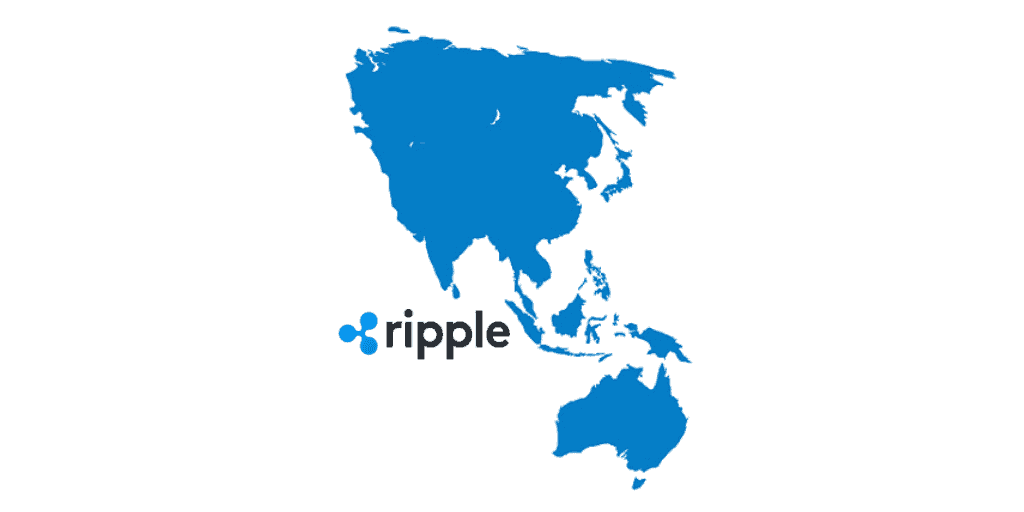On 14th February, the official website of Ripple published a blog on “How to Tap Rapid Growth in Asia-Pacific Remittances” as a part of their remittances series. Written by Pegah Soltani, from the Product Marketing team of Ripple, the article outlines the current remittance solutions in APAC, the scalability issues and a solution to the current challenges.
In the past few years, Asia-Pacific regions have observed an immense growth in terms of remittances. Be that as it may, due to the current difficulties related to converting fiat from one currency to another, the high cost of transactions is neglected due to its rapid growth.
According to Ripple, to tap into such a market that generates nearly 2 billion remittance transactions per year, it’s vital to have an international reach in addition to the locally customized services and offerings.
Remittance Solutions in APAC
Philipines
The Bangko Sentral ng Pilipinas [BSP] and the Philippine Government recognizes digital payments as a policy priority to enable citizens to seize the opportunities of the digital revolution. Irrespective of the newly launched low-value instant payment system that allows users to make digital payments to bank accounts, its adoption has been mulish. This results in service providers being hooked to fiat as the primary monetary value despite the limitations.
Thailand
In 2017, PromptPay an instant payment provider registered 49M users in Thailand. As per records, from 2016 to 2018, an increase of 83% in the volume of digital payments was recorded. Compared to the Philipines, Thailand has seen greater adoption of modern payment mechanisms even with two similar digital payment providers.
It’s imperative to credit the strong influence of PromptPay to drive the adoption of digital payments in Thailand. In the Philipines, cash is needed for a monetary transaction, while, digital payments with PromptPay is required as table-stakes in Thailand. Suggesting that, “offering money and different wallets notwithstanding PromptPay can help increase a serious edge”.
Australia
In Australia, the market for remittance works differently as compared to the emerging APAC countries. It is primarily a “sending market” for remittances and the receivers in the Australian market possess contrasting characteristics due to its high level of financial inclusion, and income.
According to the World Bank’s data, 98.90% of Australians are banked. Concluding that the best proposition is to “focus on bank account access through partners or via the New Payments Platform [NPP].” Considering Australia’s developed payments market, “instant and transparent payouts with 24/7/365 availability” and transparent fee structuring model would provide the best-practiced payment service.
Feasible but not scalable
The current remittance solutions these APAC countries offer are feasible but aren’t scalable globally. Some challenges they counter are:-
- Exhaustion of working capital and human resources to develop competitive payment capabilities.
- Lack of optimal customer experience with banking or correspondent partnerships as it requires ample time and energy.
- High remittance fees to maintain a partnership network, and numerous integrations needed to be built and managed for destination currencies.
Solution? On-demand liquidity.
With the payment revolution that blockchain and digital assets kickstarted, remittance providers have better options than traditional-complex payment mechanisms.
RippleNet’s on-demand liquidity [ ODL ] acts as an alternative to traditional transactions across borders. ODL uses the XRP [ XRP ] as a real-time liquidity bridge between multi-currency senders and receivers.
With this model, when a request is initiated from the sender, the send-side exchange debits the sender’s account and converts that amount into XRP. The XRP is sent across the XRP Ledger [settlement under 3 seconds] from the send-side exchange to the receive-side exchange. After this, the receive-side exchange converts XRP into the respective local currency. Ripple’s technology validates the amount received. The receive-side exchange forwards the payment to the receiver. Followed by a transaction confirmation from both ends.
As stated by the Ripple team, customers using ODL can free up capital in the span of seconds, guaranteeing the most competitive FX rates and processing global payments at unprecedented speeds.
The advantages of fast transactions and cost-efficient transfers enables customers with an easier, safer and reliable route for cross-border remittance.
With XRP peaking to its highest value by far in 2020, the community has expressed its views on the blog.
Dilip Rao, previously Global Head, Infrastructure Innovation at Ripple said:
Regional interoperability of payments in #APAC needs a cross-border, real-time liquidity solution: #CBDCs will suffer the same fate as fiat currencies, so only a neutral bridge like #XRP on a licensed/compliant network of FIs makes sense. https://t.co/PTQN9Kxb8a
— diliprao (@diliprao) February 13, 2020

